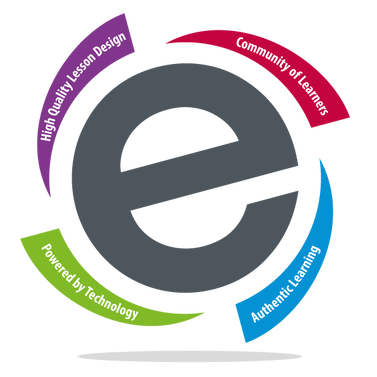Journey Summary
This session, the second in a four-part series on the Design Through Inquiry (DTI) model, will guide you through the exploration of using data gleaned through research and building empathy to argue a claim. You will look at developing clear statements in making a claim, providing evidence and data to support the claim, and articulating the reasoning behind the conclusion. You will then integrate this Claim-Evidence-Reasoning (CER) model into the engineering experience you develop for your learners.
Curriculum-framing Questions
Essential Question
- What inspires innovation?
Unit Question
- In what ways can data and argumentation impact the design process and learning?
Content Questions
- What is Claim-Evidence-Reasoning (CER)?
- How do you write a CER statement?
- How can CER be used in all teaching subjects?
- In what ways can evidence be used to support a claim in any content area?
- How can getting students motivated through the Engage and Explore stages set the stage for a good solution and experience?
- How will argumentation and CER be presented to learners?
- What activities should students participate in during the Engage and Explore stages of the DTI experience?

Introduction
The Design Through Inquiry (DTI) process holds the importance of evidence in the overall design process paramount. Learners construct designs to form an argument based on data provided by those most affected by the design. Then, students research and collect the data during the engineering process, effectively building an argument that is supported by evidence provided by those most impacted and using that data to drive the next stages in the DTI process.
Theory Behind Practice
All eMINTS materials are grounded in research-based best practices in K-12 education.
Digging Deeper
Agenda
- Opener: My Dad’s an Alien
- Claims, Evidence, and Reasoning (CER)
- Stuart Little CER
- Explore: Gathering Evidence
- Sorting Evidence
- DTI Lesson Plan – Engage and Explore
- Closer: CER & Doritos

Classroom Visit w/Students
Have your trainer assist with implementing a short design challenge with students. This may be an opening activity, culminating activity, or an activity intended to engage students in questioning to guide inquiry. Your trainer might also model or assist with an activity that promotes student questioning or with posing meditative questions to assist students in achieving higher levels of thinking.
Classroom Visit w/out Students
Have a reflective discussion with your trainer to talk about your Design Through Inquiry experience and how you feel you might use it with students. Collaborate to find ways the Design Through Inquiry process fits with what you are already doing in the classroom. Collaborate to choose a topic and standards for writing a design lesson.

 Images Courtesy of
Images Courtesy of